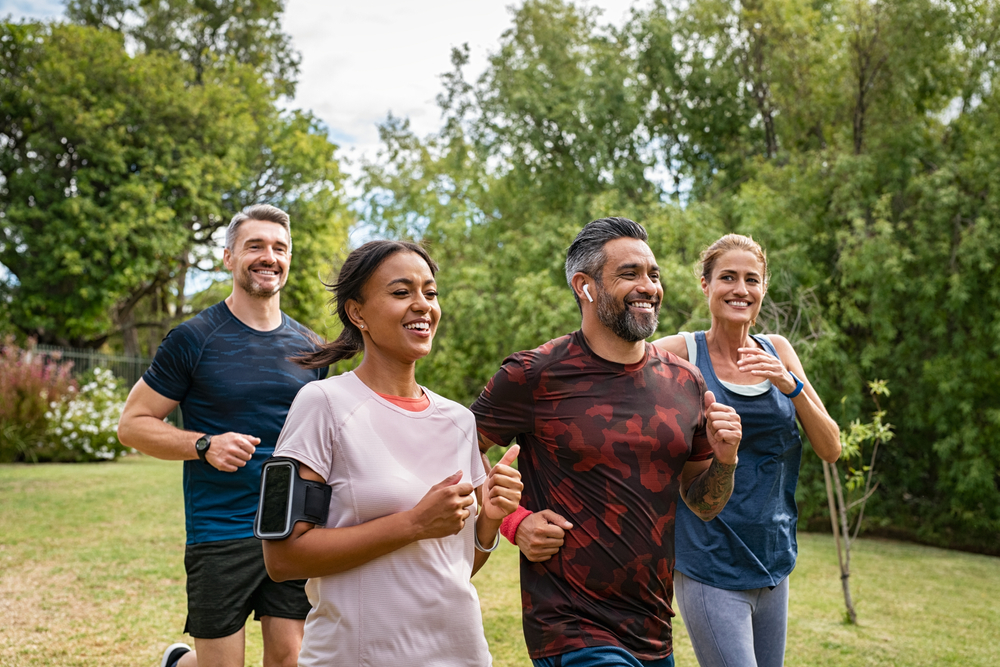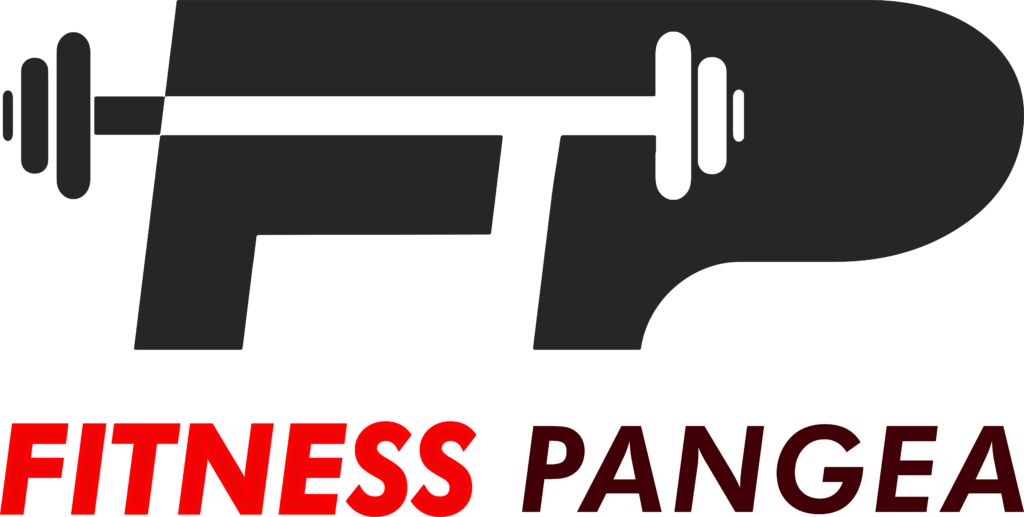Would you like guidance on which cardiovascular training will rocket you towards a new level in fitness objectives? The fitness realm often buzzes with the age-old debate: Will HIIT or LISS be a boss? However, it is one of the problems enthusiasts encounter while traversing through the wide range of workouts. This blog will take you through discovering more about HIIT and LISS and reveal the reason for the differences between them.
We will explore how it burns fat and protects muscles, and the best cardio exercise for you depends on what fitness goals you have in mind. Let’s dive into the complexities of HIIF and LIIF, giving you knowledge that will enhance your pursuit of healthy living.
Understanding HIIT
One of these cardiovascular exercise strategies is known as High-Intensity Interval Training (HIIT) which involves brief sessions of high intensity followed by intervals of lower intensity or rest. It is unsurprising that HIIT sessions are famous for saving time as it can be short, between twenty and thirty minutes. These high-intensity portions crank up your heart rate, pushing it to about 85 to 95% of its max. This increases your body’s calorie expenditure during and after the exercise, known as the afterburn effect or EPOC.

Benefits of HIIT
Efficient Time Use: HIIT is ideal for those without much time. You could try a couple of short workouts that fit in any busy day and help you maintain consistency.
Fat Burning: It contributes to fat loss because it includes an after burn effect that leads to continuous calories burning after the workout has been completed.
Improved Cardiovascular Health: HIIT improves cardiovascular health through increasing heart output, decreases risk factors such as diastolic and systolic blood pressure, bad fat, etc.
Preservation of Lean Muscle Mass: HIIT is different from the usual steady-state cardio as your muscles work harder, preserving lean mass and burning fat.
Understanding LISS
The Low-Intensity Steady State is as easy as walking in the fitness park. It involves running steadily and not so fast for a long time. Imagine that you can take a walk, ride your bicycle, or jog without struggling to catch one’s breath and be able to have a conversation with someone.
LISS stands for low-intensity steady state and it is a relaxed kind of exercise that goes easy on your body – a marathon for your body that is not a sprint at all. Its sustainability and inclusiveness is what makes it beautiful. LISS is a slow heart thump, working continuously to improve your fitness adventure.

Benefits of LISS
Sustainability: Low-impact steady state (LISS) tends to involve a bit less strain on beginners and athletes with joint problems owing to the lesser intensity thus enabling the athletes to exercise at lengths of time that are relatively long.
Stress Reduction: LISS may be used as a form of meditation, where one relaxes mentally and escapes from all the pressures of life.
Building Endurance: Steady-state cardio works well as a workout option for individuals preparing for endurance events as this type of exercise helps to increase the amount of oxygen that is used by our body.
Versatility: LISS is flexible enough to suit all sorts of fitness abilities and choices therefore offering a general choice for many people.
Which is best for you?
Weight Loss:
HIIT: Burning calories during exercise as well as post-workout in favor of weight reduction.
LISS: Has a stabilized energy output and is possibly more viable over an extended period of time.
Muscle Building:
HIIT: It is a type of exercise that preserves lean muscle mass because it demands muscles.
LISS: May not be as good as contributing to muscle preservation but could be effective in active recovery on rest days.
Cardiovascular Health:
HIIT: Provides short and intensive bursts aimed at improving cardio-vascular fitness.
LISS: Slow, steady state cardio helps build endurance and strengthens the heart.
Mental Well-being:
HIIT: Intense and short-term exercise can lead to good feelings by triggering the secretion of endorphins in the brain.
LISS: Such longer and continuous sessions may be called meditative in nature and can enhance relaxation and stress reduction.
Wrapping up
In the end, it is up to you which HIIT or LISS suits your needs, exercise capacity, and desired outcomes. Consider combining the two forms of cardio and using a balanced approach. Always remember that change happens gradually so listen to your body. The key here is to find time to run a cardio routine that can help you keep burning extra calories during your day.



